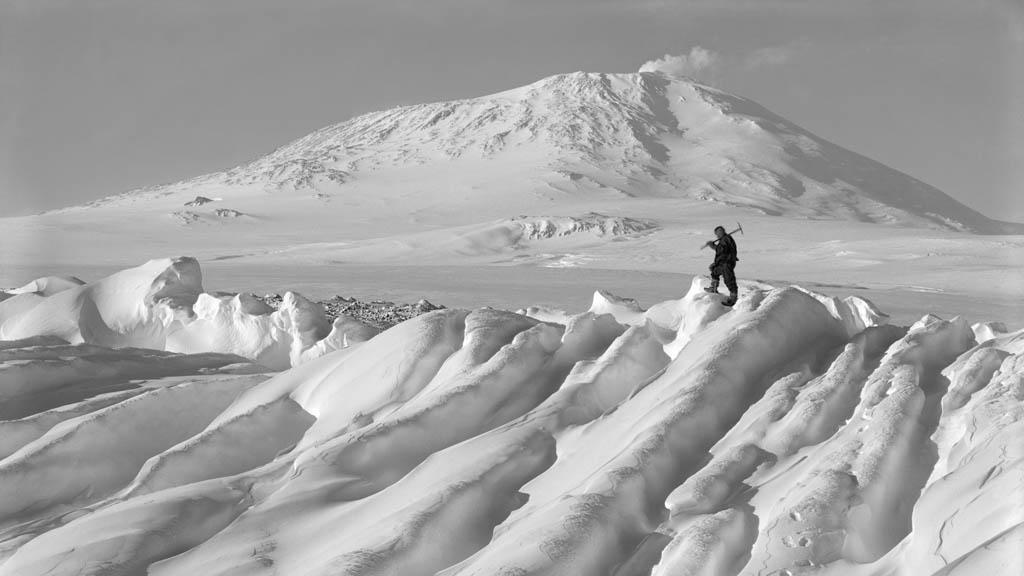Drilling deep below the Antarctic for new life
Braving temperatures of minus 40 degrees, a small team of British researchers today starts drilling through three kilometres of the Antarctic in search of life-forms new to science.

Their target is Lake Ellsworth – similar in size to Windemere in England but isolated from the rest of the planet by a vast covering of ice for hundreds of thousands of years, writes Channel 4 News Science Editor Tom Clarke.
“If the project is successful we’re likely to make profound discoveries about life in extreme conditions,” says Martin Seigert, a glaciologist at the University of Edinburgh who is leading the project.
There are about 360 lakes beneath the Antarctic ice. Despite the extreme cold above, heat from the earth’s core keeps these sub-glacial lakes liquid.
Beneath the ice
It’s thought life-forms uniquely adapted to the extreme conditions are trapped in their waters. Many scientists believe if life is to be found elsewhere in our solar system, it may be hidden beneath thick layers of ice in a similarly isolated watery environment.
They hope Lake Ellsworth could provide new clues about how primitive life-forms like bacteria could survive in such conditions.
“We expect [life] to be there, but understanding it, working out whether it’s on the edge of survival or thriving in that environment, is a very exciting thing,” said Seigert.
Sediments in the lakes could also provide a totally new record of past climate on earth – crucially, details about when the ice sheet last melted away.
Remote and inhospitable
But Lake Ellsworth is located in one of the most remote, inhospitable places on earth. The team drove 70 tonnes of equipment nearly 300 kilometres across the Antartcic wastes in a train of snow tractors. They’ve spent the last month or so setting up camp and their drilling equipment.
Now their specially designed hot water drill is ready to bore beneath the ice. They expect it to take at least a week to drill through the ice, constantly battling against the borehole re-freezing.
Once they reach the lake’s water, they expect to have just 24 hours to study the lake before the borehole re-freezes. That task falls to a highly engineered titanium probe, which will retrieve water and sediment samples and film the world beneath the ice.
The probe, and every piece of drilling equipment being sent down the borehole, has to be meticulously sterilised with UV light to prevent any bacteria from the surface from contaminating the lake.
First, to ensure any life they find is of sub-glacial origin, but also to prevent the contamination of a pristine environment with alien life from above.
Got a question for the Lake Ellsworth team? Send them to us on Twitter – @tomclarke – and we ask the scientists to answer them for you.